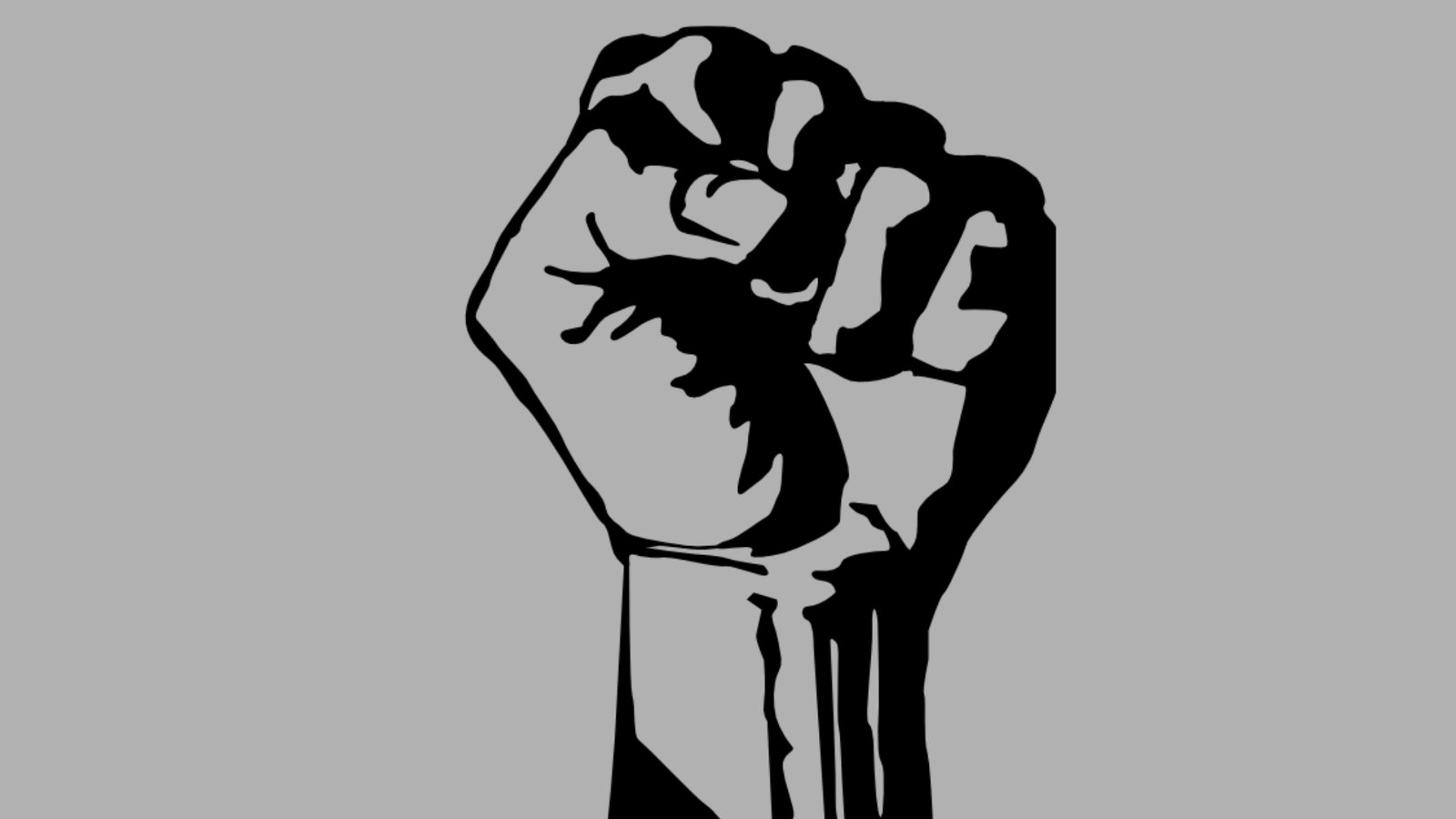A movement from a distant memory
The Black Lives Matter (BLM) movement once stood at the centre of global attention for racism and inequality. BLM was a symbol of hope, change and resistance, and the movement sparked into existence when the video of George Floyd’s police brutality became viral.
Five years after George Floyd’s death sparked global protests, the momentum behind the movement has sharply declined. The global public has lost its trust and faith, and donations have decreased dramatically. Even people from the Black communities around the globe have given up on the movement and expressing their frustration and concerns about the purpose of the movement.
In 2013, BLM was formed when the police officer, George Zimmerman, was acquitted of the murder of Trayvon Martin. This caused millions of people across the globe to protest against police brutality, justice, reforms in policing and accountability from public services within the police force.
The words “Black Lives Matter” became a rallying cry in every corner of the world. Social media turned black in solidarity on “Blackout Tuesday.” People held signs, knelt in silence, and demanded change.
Almost overnight, BLM became a part of everyday life. Sports leagues allowed players to kneel during national anthems. NBA courts and Premier League football kits featured the phrase “Black Lives Matter.”
Big companies joined in. Ben & Jerry’s, the ice cream company known for its activism, released statements supporting BLM and even created flavours linked to racial justice campaigns. Nike made bold advertisements with slogans like “For Once, Don’t Do It,” urging people not to ignore racism.
Tech giants like Apple, Google, and Amazon donated millions to racial equity causes. Netflix pledged $100 million to support Black-owned banks and businesses.
At the height of the movement, it was not just about protest. It had become culture, fashion, politics, and marketing. BLM was everywhere, and macro and micro influencers used the movement to strengthen their marketing to gain new followers and subscribers.
But as time passed, questions began to surface. Where did the money go? What exactly was the movement trying to achieve?
In 2020 alone, the BLM Global Network Foundation raised over $90 million. But critics, including some early supporters, began asking how much of that money reached the communities it was meant to serve. Reports emerged that some of the leaders used funds to purchase expensive homes and misused the funds by investing in projects that aligned with the BLM’s objectives.
Patrisse Cullors, one of the movement’s founders, stepped down amid criticism. She defended her actions but acknowledged that the movement had no central structure for managing its sudden growth. But her claims were dismissed, as many thought that she and the other founders could have created a sustainable structure when they had a lot of funding.
The movement also became politically polarising. Some Americans saw BLM as a threat to law enforcement. “Defund the police” became a slogan associated with BLM, even though not all supporters agreed with that approach. Supporters noted that defunding the police could result in high crime rates, especially in ‘ghetto’ America.
Polls reflected the change. In mid-2020, a Pew Research poll showed 67% of Americans supported BLM. By 2022, that number had dropped below 50%. Among white Americans, support dropped significantly. Even among Black Americans, enthusiasm has faded.
Many Americans, particularly white moderates, grew tired of hearing about race in every context, from corporate boardrooms to award shows. Some felt forced into supporting a cause they didn’t fully understand. Some black and white moderates felt that racism should be part of the conversation rather than being forced to support the narrative, which wasn’t having an impact.
Some activists within the movement argued that BLM had been hijacked by corporations using it for branding. Others said the movement had become too focused on slogans and not enough on real policy change, as the founders of BLM never forced the US government to pass a bill (the failure of the Policing Act) or go to Congress with their issues. Even cities that promised to “defund” police departments mostly reversed those decisions. Violent crime in some cities increased, and opponents used that to discredit the movement.
Internationally, the support for BLM also faded. In the UK, the movement saw a brief peak of support after the toppling of a slave trader’s statue in Bristol. But even there, the mood shifted as people started to grow in disbelief about the movement’s core values.
Some British people felt the US-based movement did not reflect the country’s racial issues. Politicians distanced themselves. Broadcasters, including the BBC, reduced the visibility of BLM slogans on Match of the Day. The Premier League slowly faded the possibility of players taking the knee before starting a league match.
In Australia, Indigenous activists argued that while BLM helped shine a spotlight on local issues, it did not lead to lasting change on the national stage.
So what remains of Black Lives Matter in 2025?
The movement is no longer front-page news. The black squares on Instagram are gone. Celebrities have moved on to other causes. Big brands no longer mention BLM in advertisements.
But the legacy is complex. BLM did change the conversation. It made millions more aware of systemic racism. It introduced new terms like “anti-racism,” “white privilege,” and “racial equity” into the mainstream. But the fragments of racial injustice still dominate today, with less diversity promoted in wider communities.
However, hope met reality. Movements are difficult to maintain. They need structure, leadership, and trust. BLM struggled with all three.
Still, some local chapters continue their work. Grassroots organisers push for housing justice, better schools, and community safety. Their work is slower, quieter, but possibly more lasting.
The fall of the Black Lives Matter movement is not the end of the fight for racial justice. It is a lesson that many need to learn, as racism will not be eradicated if conversations are not forthcoming in schools and other public places.
Movements must be transparent. They must deliver real outcomes. Public support can rise, but it can also fall. Symbolism must turn into action with core values that represent the community that is widely affected by this issue.
For some, BLM was a trend. For others, it was a voice. For many, it was both. But the pain and the problems that gave birth to BLM remain at large. BLM was a catastrophic failure, and their actions have hindered any progress. BLM has given a bad name to the movement, especially other racial movements that want to start an uprising against racial injustice.




